Queen Elizabeth II's Coronation Was Truly Groundbreaking
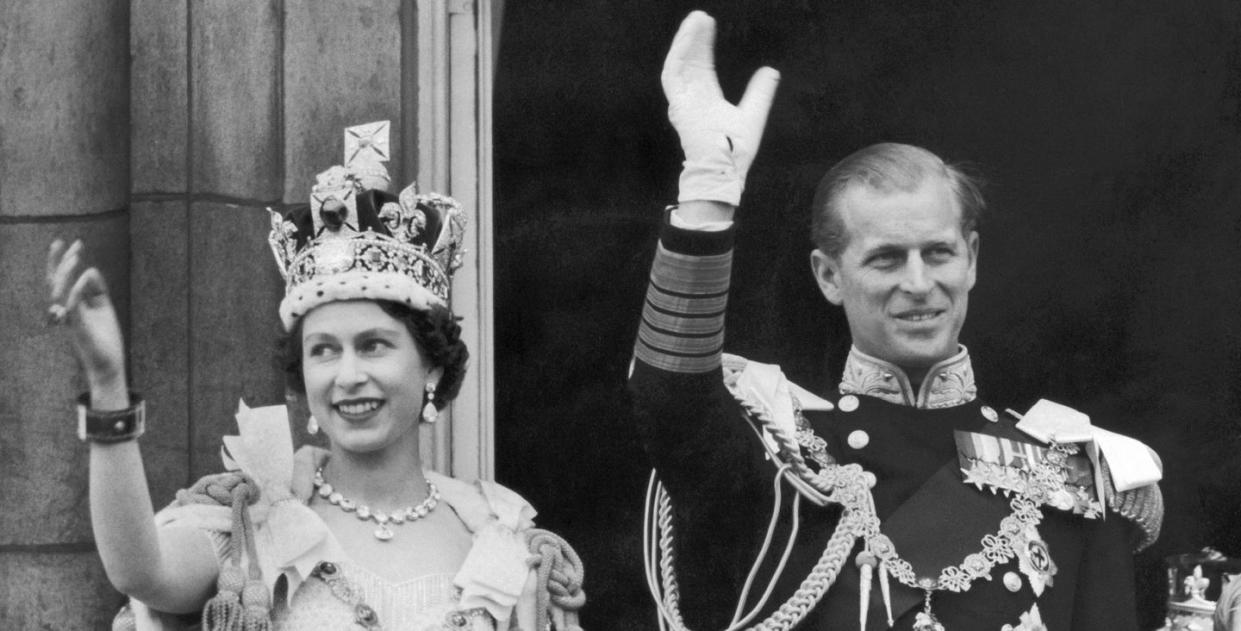
Although Queen Elizabeth II had already been serving as the head of the British royal family for 16 months, June 2, 1953 marked the day she officially became the reigning monarch of England.
Her father, King George VI, died at the age of 56 from coronary thrombosis on February 6, 1952. Elizabeth, being next in line to the throne, took over at just 25 years old, accepting official duties including running her first state opening of Parliament in November 1952.
On top of learning her new role as sovereign, the Queen had to navigate some personal politics within the walls of Buckingham Palace — especially when it came to her husband Prince Philip's revolutionary plan for her coronation.
Organizing an event fit for the Queen
The planning process for Elizabeth's coronation actually began when she was only 11 years old. Her Majesty's father made Elizabeth jot down a complete review of his own coronation at Westminster Abbey in May 1937 so she could understand all the elements involved.
“I thought it all very, very wonderful and I expect the Abbey did too,” wrote the future queen, according to Vanity Fair. “The arches and the beams at the top were covered in a sort of haze of wonder as Papa was crowned, at least I thought so.” A preteen Elizabeth continued to hilariously write that the service got "rather boring" at the end because "it was all prayers."
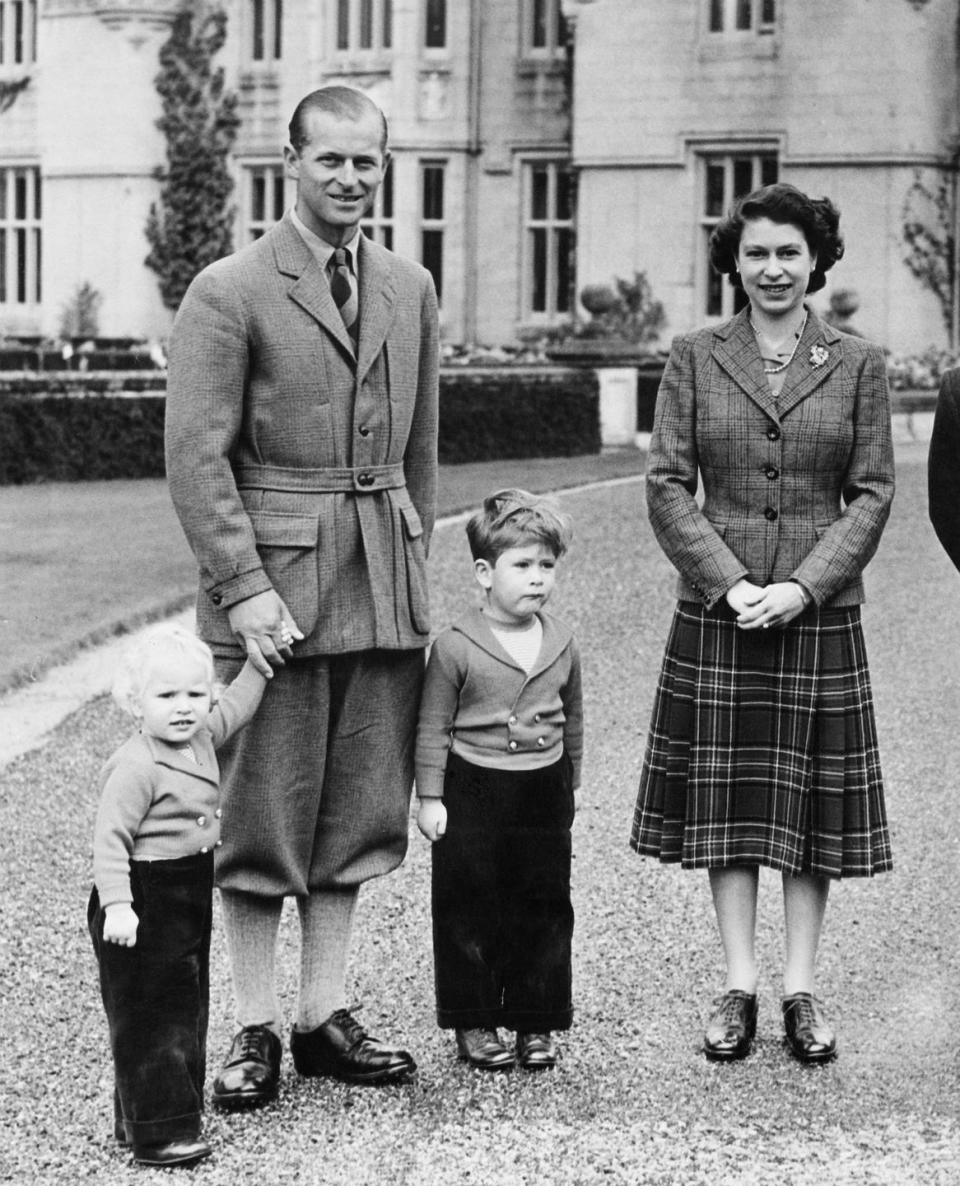
While Elizabeth's father may have had a coronation by the book, his daughter would not. In the months leading up to the event, Elizabeth entrusted Philip to be the chair of her coronation commission. In his new role, the Duke of Edinburgh immediately threw out a radical idea: he wanted the coronation to be televised for all of Britain to see.
At first, Elizabeth, the Queen Mother, and the British government were vehemently against Philip's unconventional suggestion. Not only had it never been done before (only the upper classes were deemed fit to witness such an event), but many felt that televising such an occasion might not be "right and proper." One of the biggest advocates for keeping the coronation private was Sir Winston Churchill. The BBC reports that the prime minister was "horrified" at the thought of using cameras inside the sacred Westminster Abbey.
"It would be unfitting that the whole ceremony, not only in its secular but also in its religious and spiritual aspects, should be presented as if it were a theatrical performance," he told the House of Commons.
But despite Winston's reservations, Philip's idea grew on Elizabeth, who was anxious to show the country she was its leader. Elizabeth, realizing that televising the coronation would be a way to break down class barriers, eventually decided she liked the idea. And so, after deliberation, those who were reluctant gave in: BBC would broadcast the event on live television.
The exciting (and long) day
After months of planning, 11:15 a.m. on June 2 had finally arrived. The sales of 14-inch screen TV sets skyrocketed earlier in 1953 when Buckingham Palace announced that the event would be televised. Twenty-seven million people sat in front of their new TV sets, waiting to see their new royal leader arrive at the Abbey. Meanwhile, 11 million more listened to the events unfold on the radio.
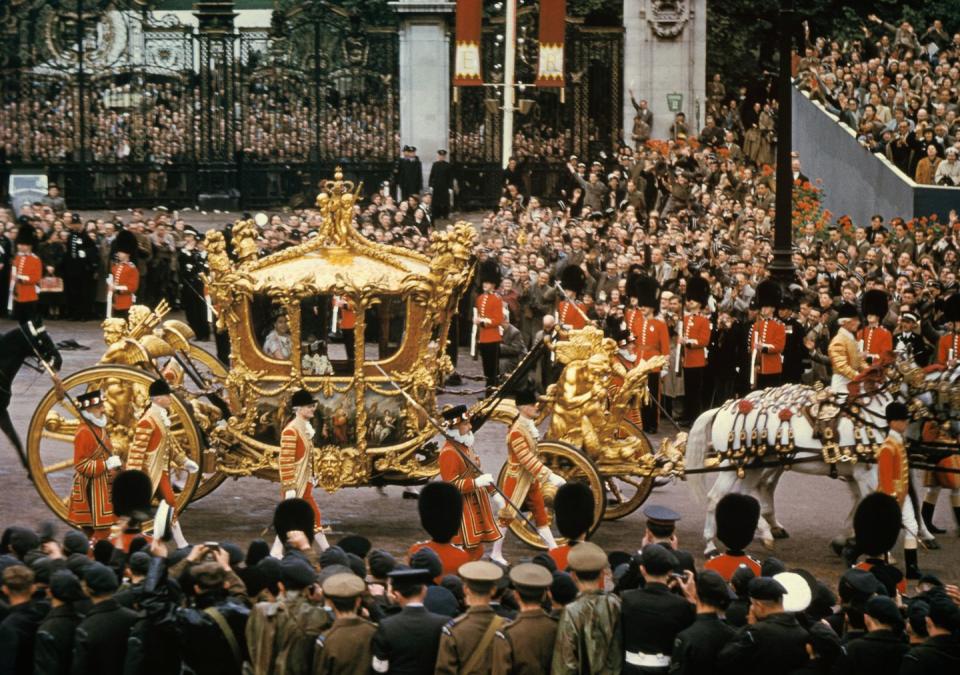
The aristocrats, heads of state, and representatives from Denmark, Japan, and Sweden's royal families arrived first. Then came Elizabeth and Philip in a gold state coach (Prince Charles also attended and became the first child to witness his mother's coronation). Knowing that the ceremony would last about three hours, it's reported that many in attendance snuck sandwiches and beverages into their coronets.
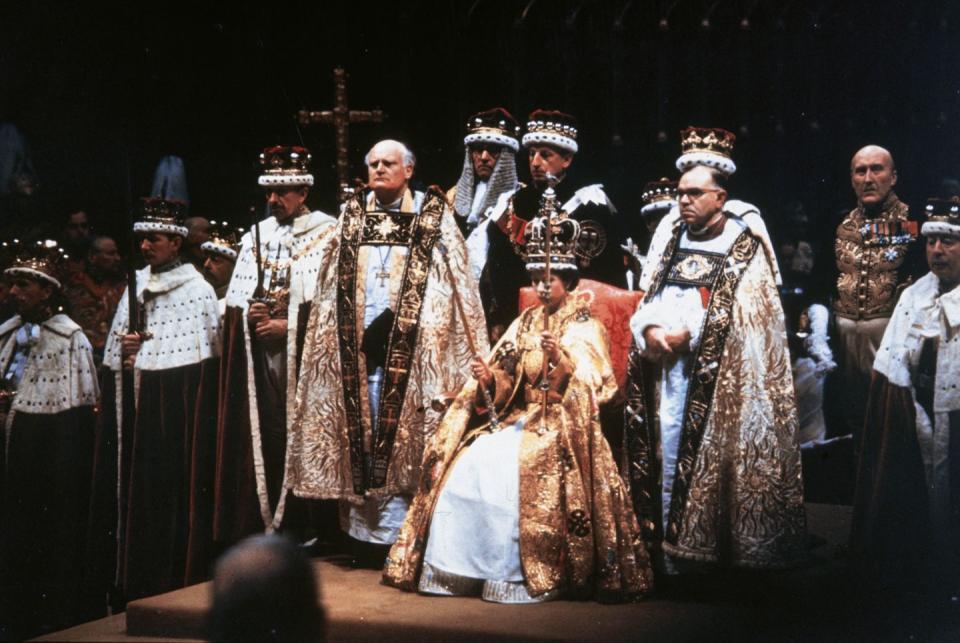
The only part that was done in secret was the Act of Consecration. For it, the Queen disrobed her crimson cloak and sat in King Edward's chair in a white dress. Knights of the Garter then shielded Elizabeth from the rest of the crowd right before the Archbishop of Canterbury began pouring "blessed oil" (made of orange, roses, cinnamon, musk, and ambergris) onto Elizabeth's breast, hand, and head. While doing so, he whispered a blessing.
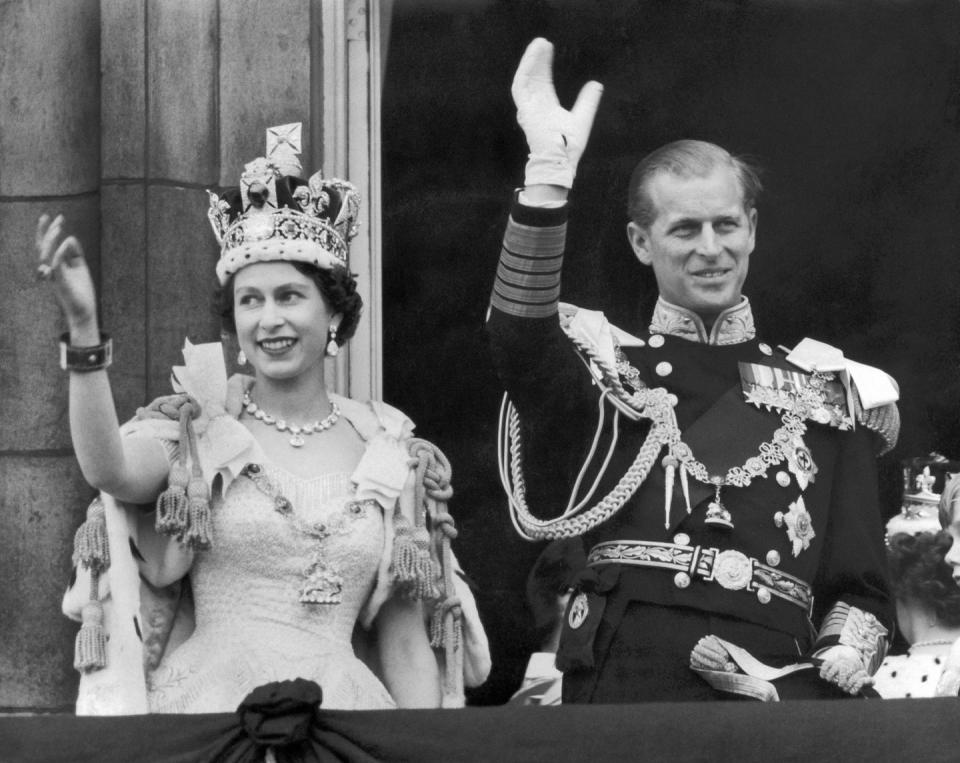
After the event, the Queen appeared on the balcony of Buckingham Palace alongside her family and was greeted with loud cheers from below. From then on, Elizabeth officially became known as Elizabeth the Second, by the Grace of God, of the United Kingdom of Great Britain and Northern Ireland, and of her other Realms and Territories, Queen, Head of the commonwealth, Defender of the Faith.
You Might Also Like

 Yahoo News
Yahoo News 
